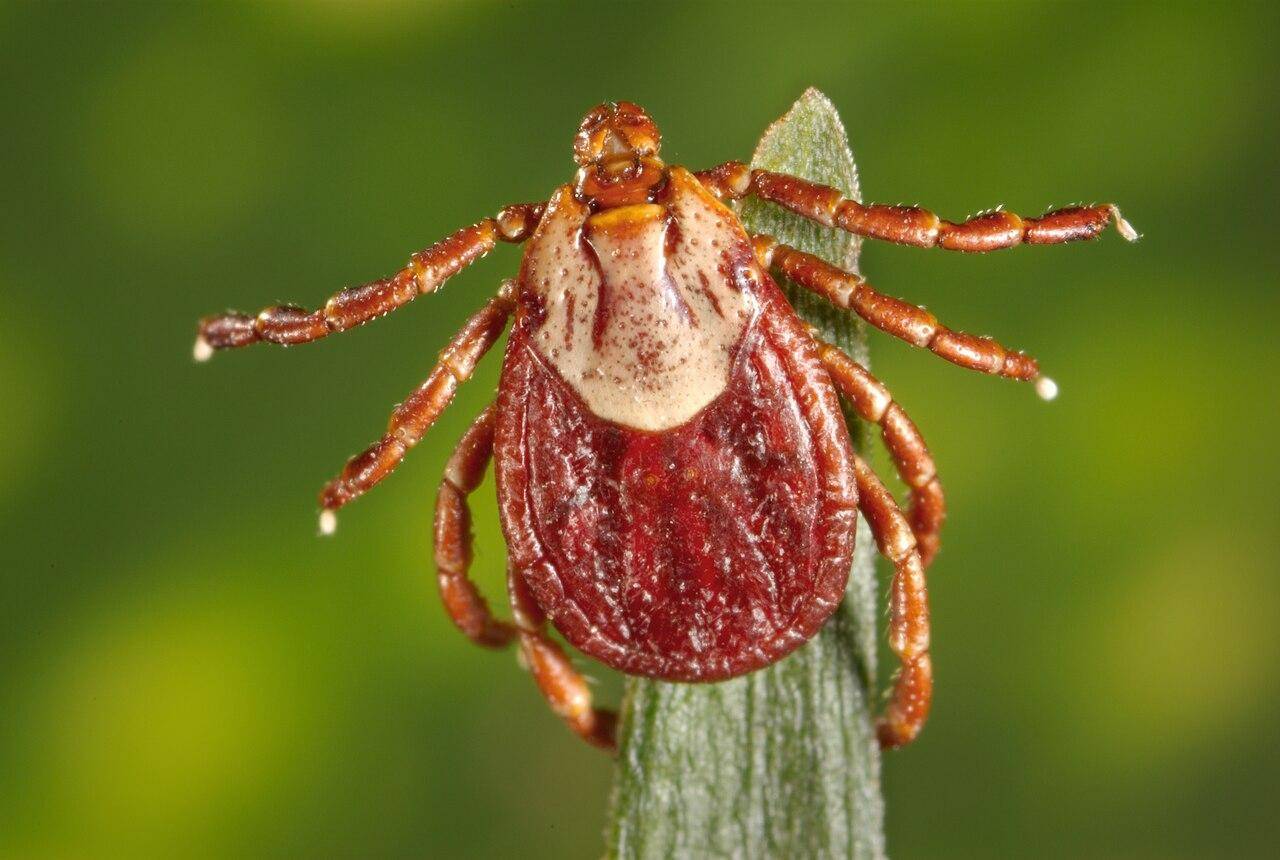By Kate Richardson
Ticks are tiny arachnids that pose a potential threat to humans and animals because they can transmit diseases. Ticks are of concern because pathogens, such as bacteria, viruses or protozoa, can be transmitted when infected ticks feed on humans.
In Utah, the primary tick species of concern is the Rocky Mountain wood tick, known for transmitting Colorado tick fever. The only human-attaching tick capable of transmitting Lyme disease in Utah is the Western blacklegged tick. While the likelihood of encountering this species in Utah is low, it is important to take precautions.
Ticks are commonly found in Utah from the time of snowmelt through mid-July, and they can become active again in the fall. Ticks are usually found at ground level to three feet above in grass, low plants, and brush along the edges of fields and woodlands. They do not jump or fly; instead, they climb vegetation and wait for a host to pass by.
To protect against tick-borne illnesses, check yourself carefully after being in tick habitats. Pay close attention to the armpits, waistline, belly button, scalp and crotch. Ticks may take a few hours to find a feeding site, which will allow you to detect and remove them promptly.
Proper removal of ticks is crucial to reduce the risk of disease transmission. For larger hard ticks, use tweezers to grasp the tick as close to the skin as possible, targeting the mouthparts. Pull the tick straight upward without twisting or crushing it. Use steady pressure until it releases.
Smaller hard ticks can be scraped off with a knife blade or credit card edge. If the tick’s head breaks off and remains in the skin, use a sterile needle to carefully lift or scrape it.
Wash the wound with soap and water after tick is removed. Apply an over-the-counter antibiotic ointment to help reduce the chance of catching a disease or secondary infection.
After removal, save the tick in rubbing alcohol for identification in case symptoms develop. Seek medical attention if you develop any tick-borne disease symptoms, including fever, chills, headache, fatigue, muscle and joint aches, swollen lymph nodes, and a target-shaped rash at the tick site. Visit the Centers for Disease Control web page on Diseases Transmitted by Ticks for more information.
Prevention is the best way to avoid ticks and their potential pathogens. Consider these tips.
- Avoid grassy, bushy, and sage-brush areas along edges of woodlands and fields, especially from March to mid-July.
- Wear long pants and long-sleeved shirts. Tuck shirts into pants and pants into socks. Apply tick repellant to clothing before entering tick habitat.
- Wear light-colored clothing to make it easier to detect and remove ticks. Always complete a thorough check for ticks after being in tick habitat.
If you discover a tick bite, contact the Utah Plant Pest Diagnostic Lab at Utah State University. The lab can provide identification through photos submitted via email or phone. (Physical samples of ticks cannot be accepted due to safety protocols.)

